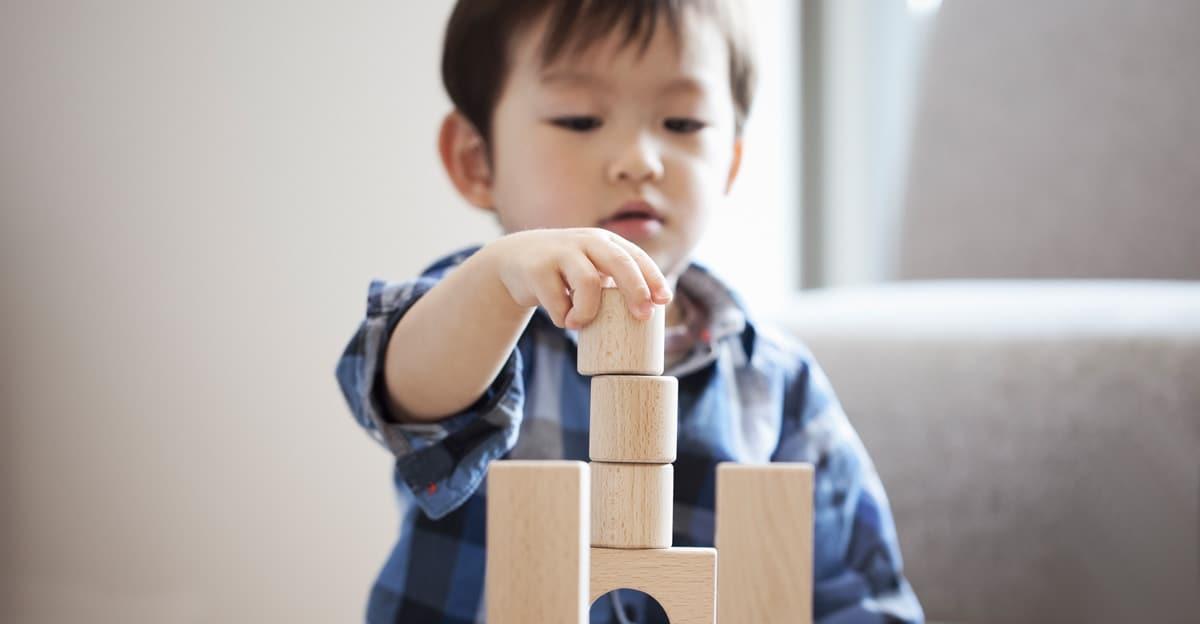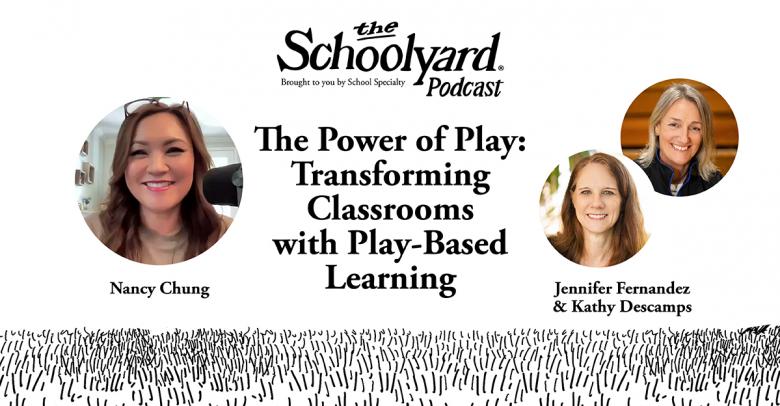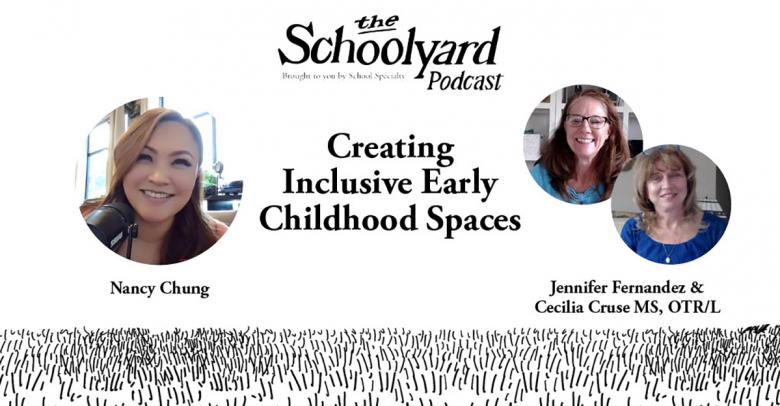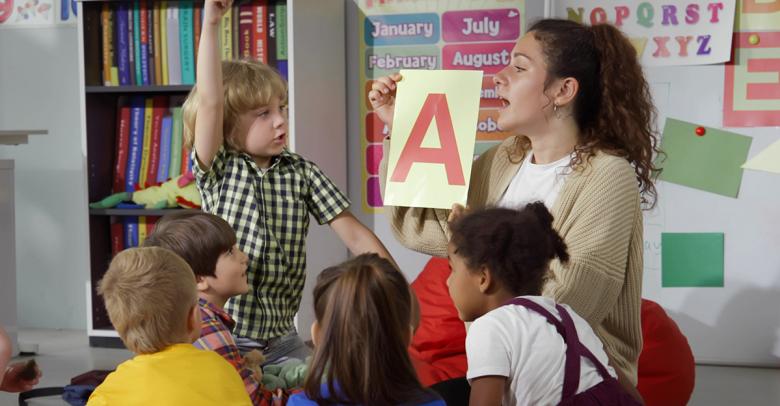Recently, I was asked to present to Pre-K teachers on the topic of block play. I wasn’t very enthusiastic about the topic because it made me think of things like math and engineering which are not my areas of strength. However, it was an assignment, so I began to do some research and what do you think happened? It ended up being one of my new fascinations! The more I read, the more intrigued I became. There was so much going on when children played with blocks, and I wish I had found this information earlier in my career as a classroom teacher. I had probably missed some very amazing things over the years because I didn’t really understand what was truly happening in the block area of my classroom. Therefore, I want to share one interesting piece of research I discovered while delving into this topic. Hopefully, you too will be mesmerized by this information in addition to becoming more aware of what children are doing when engaged in block play.
One stand-out piece from my investigation was Harriet Johnson’s research from 1933 on the stages of block play. She identifies seven stages that young children traverse. The first stage begins with toddlers. If you watch carefully, they don’t really use blocks for construction, but rather gather, carry, and dump blocks. To the untrained eye, this may seem like a waste of time, but little ones are actually gaining hands-on experiences and sensory information about concepts such as more, less, few, many, heavy, light, balance, etc. Additionally, they are building their gross and fine motor skills as they bend, squat, grab, and so on.
The second stage is when the building begins. It’s mostly about making horizontal and vertical rows. Again, not too exciting, but there is a purpose behind this monotony. Children need to practice a task over and over to refine their skills and reinforce their confidence. So, you may see the floor covered in long, crooked trains or stacked towers that look like they will tumble at any moment. However, as children practice, their trains will become straighter and their towers more stable. Practice makes perfect!
Stage three is about bridging. Here you will notice two blocks supporting a third across the top to create a bridge. While it looks pretty unsophisticated, it is actually representative of the post-and-lintel system used in architecture. This requires both spatial awareness and problem solving as children have to calculate how far apart the two blocks must be in order to support the third that spans across the top. Skills like perseverance are needed in order to make it through this stage. Once a child masters this, you may see bridges built on top of bridges.
Stage four brings us to enclosures. Children place blocks in such a way that they enclose a space. Again, this requires spatial skills and problem solving to succeed. Strings of enclosures that are connected may ensue. Young learners may also experiment with modifying the shape and size of the enclosure, create circular enclosures or enclosures in some sort of a pattern.
More imaginative block building emerges in stage five. Children begin to use more blocks, construct more elaborate designs, integrate patterns, and experiment with balance and symmetry. While they are really just building for the sake of building, we know all the math and science skills that are being developed and practiced during this stage.
According to Johnson, stage six evolves to the naming of structures and utilizing them for dramatic play purposes. Children will begin to talk about their rocket, airport, or palace and incorporate them into their role-playing scenarios.
This leads to the seventh and final stage. Now blocks are used to represent things children know such as houses, cars, or the local shopping center. They are incorporating all the other stages at this point so you will probably spot some bridges and enclosures. Details are being added, and their creations may become somewhat artistic. This stage demonstrates their representational thinking which is evidence of complex cognitive development. We may also witness their creativity, planning skills as they prepare to build and expand on their creations, and possibly cooperative skills if they work with others on constructing or on acting out dramatic play roles and scenes.
Having the knowledge of the stages of block play gives adults the ability to analyze and understand what is truly occurring as children participate in block building. When we realize what is really going on, it allows us to scaffold learning, assess where children are at, and use the information to inform instruction. We can then build young learners up while they are busy building.
Jennifer Fernandez
Jennifer has over 30 years of experience in education. She has degrees in Elementary Education, Spanish, and Bilingual Education and holds teaching licenses in Texas and Minnesota. She has taught PreK-2nd grade in general and bilingual settings, served as a professional learning specialist for seven years, and currently presents at state and national conferences.
Read more by Jennifer Fernandez–>







Thank you so much for this article. I have been searching for 24 hours looking for Harriet Johnson’s seven stages of block play. Block play does not get much attention these days with all the technology and other creative toys. I am obtaining my Special Education Certification at Trident Technical College. I needed information on Caroline Pratt’s experiment and observations in block play (still have not found) and Harriet Johnson stages of block play. Once again, thank you!
Lowanna,
Thank you for your comment. I agree that we need to remember the importance of block play and all the benefits it brings to children and make sure it is included as a daily choice in early childhood classrooms. Had not run across Caroline Pratt’s name when doing my block play research so thank you for teaching me something new! Always excited to learn more on this topic. There are several sources for Harriett Johnson’s stages of block play, but here is one if you are still needing that: http://rise.as.tufts.edu/wp-content/uploads/2020/03/Developmental-Stages-of-Blocks-with-Citation.pdf